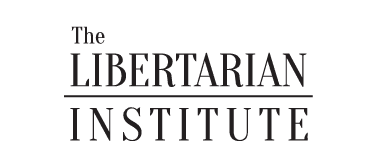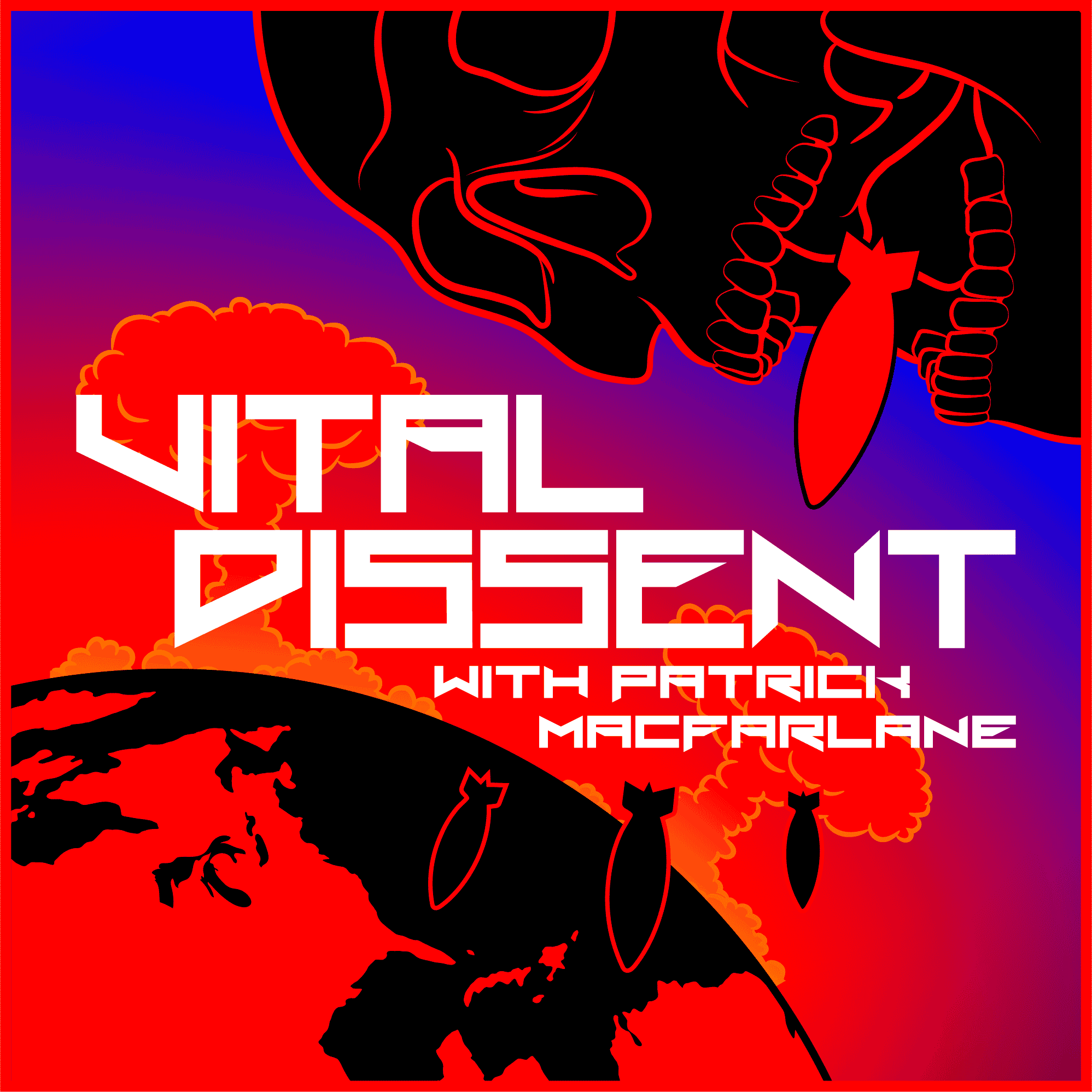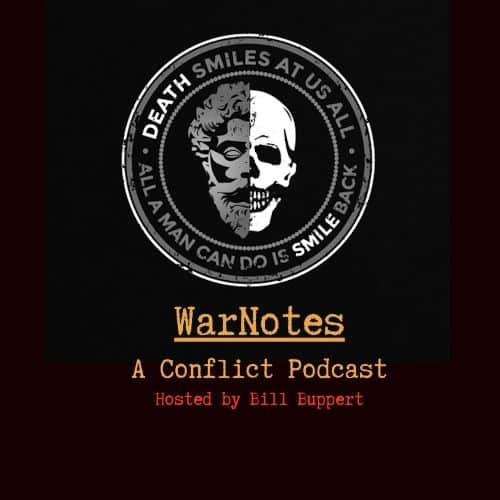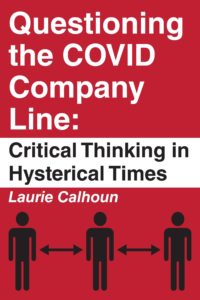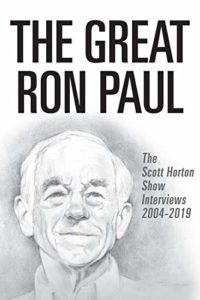THEY CALLED IT Project X. It was an unusually audacious, highly sensitive assignment: to build a massive skyscraper, capable of withstanding an atomic blast, in the middle of New York City. It would have no windows, 29 floors with three basement levels, and enough food to last 1,500 people two weeks in the event of a catastrophe.
But the building’s primary purpose would not be to protect humans from toxic radiation amid nuclear war. Rather, the fortified skyscraper would safeguard powerful computers, cables, and switchboards. It would house one of the most important telecommunications hubs in the United States — the world’s largest center for processing long-distance phone calls, operated by the New York Telephone Company, a subsidiary of AT&T.
The building was designed by the architectural firm John Carl Warnecke & Associates, whose grand vision was to create a communication nerve center like a “20th century fortress, with spears and arrows replaced by protons and neutrons laying quiet siege to an army of machines within.”
Excerpt from “Project X,” a short film by Henrik Moltke and Laura Poitras, screening at the IFC Center starting Nov. 18. This article is the product of a joint reporting project between The Intercept and Field of Vision.
Construction began in 1969, and by 1974, the skyscraper was completed. Today, it can be found in the heart of lower Manhattan at 33 Thomas Street, a vast gray tower of concrete and granite that soars 550 feet into the New York skyline. The brutalist structure, still used by AT&T and, according to the New York Department of Finance, owned by the company, is like no other in the vicinity. Unlike the many neighboring residential and office buildings, it is impossible to get a glimpse inside 33 Thomas Street. True to the designers’ original plans, there are no windows and the building is not illuminated. At night it becomes a giant shadow, blending into the darkness, its large square vents emitting a distinct, dull hum that is frequently drowned out by the sound of passing traffic and wailing sirens.
For many New Yorkers, 33 Thomas Street — known as the “Long Lines Building” — has been a source of mystery for years. It has been labeled one of the city’s weirdest and most iconic skyscrapers, but little information has ever been published about its purpose.
It is not uncommon to keep the public in the dark about a site containing vital telecommunications equipment. But 33 Thomas Street is different: An investigation by The Intercept indicates that the skyscraper is more than a mere nerve center for long-distance phone calls. It also appears to be one of the most important National Security Agency surveillance sites on U.S. soil — a covert monitoring hub that is used to tap into phone calls, faxes, and internet data.
Read the rest by Ryan Gallagher and Henrik Moltke at The Intercept.
